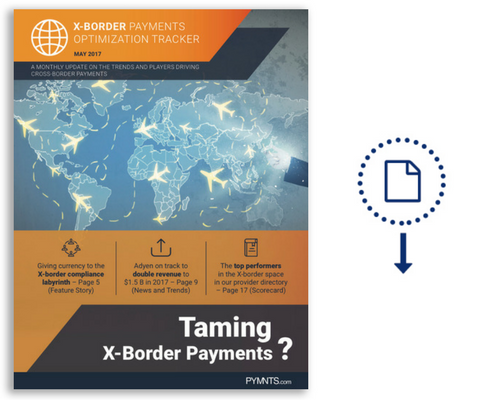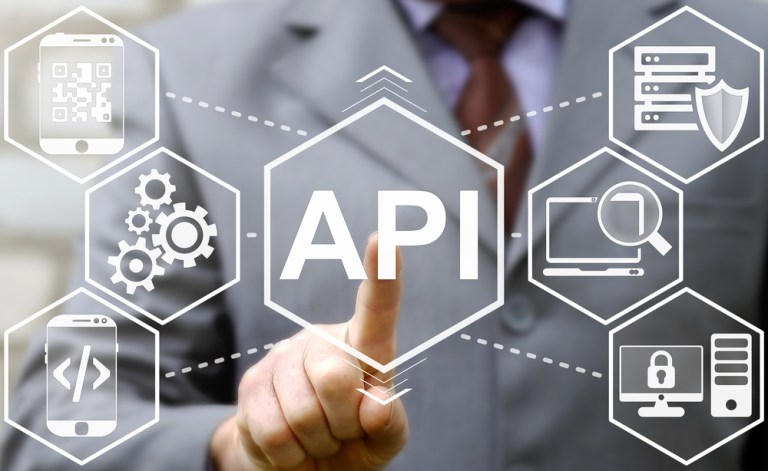The global peer-to-peer (P2P) transfer and remittance market has grown to well over $1 trillion, thanks to the glut of P2P money transfer apps making domestic and cross-border payments easier and faster than ever.
The cross-border B2B payments market, on the other hand, is fraught with friction, despite being much larger in size — accounting for nearly 80 percent of global cross-border payment revenue, according to a 2016 report by McKinsey & Company.
Resolving these pain points for cross-border B2B payments, as Currencycloud’s CEO Mike Laven puts it, is a much harder problem to solve.
PYMNTS recently caught up with Laven to talk about some of the friction points impeding the movement of cross-border B2B payments and to discuss the trends and lessons the company has learned from working with merchants in the Asia, Europe and the U.S.
As it turns out, unlike direct P2P transfers, B2B payments can range from fulfilling payroll to making a trade finance payment. And, to top that off, dealing with foreign exchange can add further complexity to a business’s workflow, Laven explained.
Struggling with frictions
Advertisement: Scroll to Continue
When it comes to making cross-border B2B payments, dealing with foreign exchange rates is an issue that businesses around the world continue to struggle with on several fronts.
Take Forex payments, for instance. For many B2B firms, it’s not uncommon to settle Forex payments through wires and foreign currency drafts, despite high costs and long wait times. In fact, an estimated ~79 percent of businesses continue to use wire transfers to settle payments, according to a survey conducted by the Association of Financial Professionals.
In the world of foreign exchange and payment, the common notion is that foreign exchange rates will continue to fall and cross-border payments will soon become frictionless. But that hasn’t happened yet, Laven said, adding that Forex rates continue to be steep as long as the process remains friction-filled and opaque.
The cost and time involved is a major issue that Currencycloud sees businesses continuing to struggle with, Laven said.
Another company facing similar difficulties is MangoPay, a Luxembourg-based marketplace and crowdfunding payment solution provider. In 2014, its first year in business, the company quickly signed up over 200 customers in Europe and then determined it needed to expand outside the region to build momentum. However, doing so meant building banking relationships in foreign markets — something that would have cost the upstart precious time and startup capital.
So, in 2014, MangoPay partnered with Currencycloud to offer its customers payments in 28 countries, convert 30 currencies and send quick payments via SWIFT to 212 countries.
MangoPay now has over 250 customers and handles 11,000 payments a month.
Taking an API approach
In comparison to P2P transfers, B2B payments logistically involve more heavy lifting, Laven said.
Processing business payments— ranging from trade receivables to payroll and account receivables— means processing the surrounding data to make sense of it, he added.
To resolve this, Currencycloud, which has processed over $25 billion in transactions in 200 countries, has taken an API approach, allowing its partner merchants to provide a seamless interface to their customers.
The company’s API integrates into a merchant’s platform, allowing them to build out a cross-border payment process. Meanwhile, Currencycloud draws transaction data to run anti-money laundering and other compliance checks.
For a traditional business, Laven pointed out, handling the troves of data, staying compliant and making payments quickly adds several layers of complexity, often causing businesses to slow down in their day-to-day operations.
Staying calm and compliant
Operating and making payments in an increasingly globalized world can often mean keeping up with the ever-changing compliance and regulatory guidelines of different international markets. To keep up, businesses need to focus on three pillars of compliance, Laven said.
“First, there’s the KYC piece — knowing who you are allowing to use the system and running a series of checks on that,” Laven said. “Since we are dealing with businesses, the transactions will be well over whatever the regulatory limit is in each country. We have to do enhanced due diligence on each customer.”
Next, businesses need to be vigilant against anti-money laundering, he said. “Every time we get a transaction, we must identify who is sending it, who is receiving it and depending on where it is going, we look at a variety of data related to that. Plus, the information has to then be globally watched against a series of lists of politically exposed persons.”
And finally, there’s transaction monitoring, which involves raising a red flag whenever there’s unusual activity in a customer’s account, he said.
“To combat fraud, you have to look out after people who are not legitimately transferring money, you have to look out after tax avoidance, you have to look out after unusual transactions,” Laven said. “We bring those three pieces together by working with regulatory authorities and checking the lists that they have.”
But meeting varying compliance standards across the world can often be nightmarish for businesses. “The easiest thing to do is that you just take the toughest requirements, which is generally the U.S., and you apply that globally and that’s the best way to do it,” he said.
In the end, the biggest challenge is not just staying compliant, but making all parts of the puzzle fit together, Laven said. Businesses need not only low-cost Forex rates for making payments, but they also need to use their own workflow interfaces via the API, he added.
That’s a problem that Currencycloud is now helping merchants resolve in the U.S. market, where the company has already processed $3 billion in transactions since its launch last year.
TO DOWNLOAD THE MAY EDITION OF THE PYMNTS X-BORDER PAYMENTS OPTIMIZATION TRACKER™, CLICK THE BUTTON BELOW.

About the Tracker
The PYMNTS X-Border Payments Optimization Tracker™ is the framework for evaluating players in the cross-border payments landscape, and the quarterly index tests the readiness of the companies to serve a global audience.





